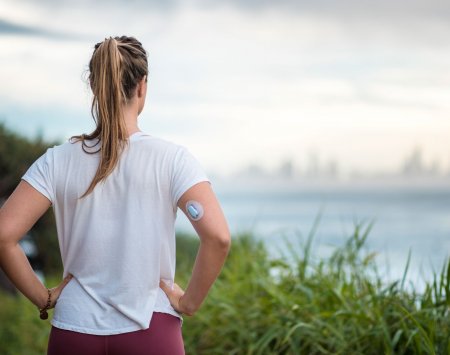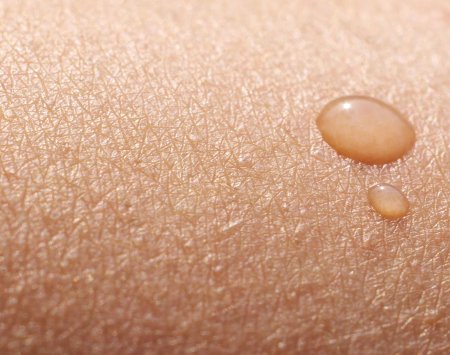Understand my skin
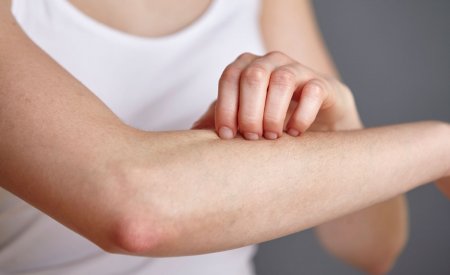
The skin is a fragile ecosystem
The skin is our body’s largest organ. It envelops us and protects us. As our interface with the outside, it’s a complex ecosystem that interacts with its environment in the broadest sense:
- Its internal environment, since skin is in contact with other organs and biological functions (brain, digestive system, immune system…)
- Its external environment, since skin reacts to the temperature, pollution, UV rays, medical treatments…
Any changes in the internal or external environment can create an imbalance in the skin.
What happens to skin when a person has cancer or diabetes, or receives dialysis ?
Some diseases impact skin’s structure, either directly due to the disease itself, or indirectly due to the treatments that are required.
Because these diseases are widespread throughout the world, a large number of patients are affected.
Difficulties can be wide-ranging according to the type of disease or treatment, but they’re very frequent:
- During cancer, 100% of patients develop at least one side effect during their treatment1
- 50% to 100% of patients with end-stage renal disease are affected by at least one dermatological disorder2
- 30% of diabetic people suffer from skin disorders3
All these skin problems affect patient's quality of life and must not be ignored.
1Rose Magazine study in partnership with Bioderma, 218 women suffering from breast cancer
2Asokan, S., M. Narasimhan, and V. Rajagopalan. "Cutaneous manifestations in chronic renal failure patients on hemodialysis and medical management“ International Journal of Research in Dermatology 3.1 (2017): 24-32.
3C. Flagothier, « Diabetes Skin Scars », Rev Med Liege, 60 : 5-6 : 553-559, 2005
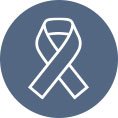
What is cancer ?
Cancer is an uncontrolled proliferation of cells that results in the formation of a tumour in an organ.

Cancer treatments
Different treatments aim to eliminate the cancerous cells. There are systemic treatments (chemotherapy, hormone therapy, targeted therapies and immunotherapies) and local treatments, surgery and radiation therapy. They can also be used together for greater effectiveness.

Skin changes during cancer
The effects on skin depend on the type of treatment. Systemic treatments can cause very dry skin, some produce weakness in hands and feet (chemotherapy, targeted therapies), blemishes (chemotherapy, targeted therapies), itching (targeted therapies, immunotherapies). Radiation therapy produces some local irritation, and surgery can create difficulties with sores and scarring.
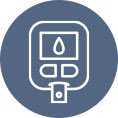
What is diabetes ?
Diabetes is a chronic disease linked to poor assimilation of sugars from food consumption. It results in hyperglycemia, meaning an excess of sugar in the blood.

Treatments
Treatments aim to regulate the amount of sugar through dietary changes, oral medication, patches or injections. Diabetics must regularly check their blood sugar (glycemic index), especially at meal times.

Skin changes
Diabetes affects skin in three main ways, causing very dry skin, itchiness and difficulties with scarring. These diabetic skin conditions can be localised or affect the whole body. They are sometimes more noticeable in areas where injections are given or sensors are worn.
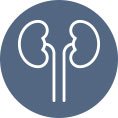
What is chronic kidney failure ?
Kidney failure is a chronic disease where kidneys don’t filter blood correctly. The poor functioning gets progressively worse and can not be reversed.

What is dialysis ?
When kidneys are no longer able to function sufficiently, dialysis makes it possible to eliminate waste from normal body functioning. The full process where a machine filters a patient’s blood takes place at the hospital and lasts about four hours, three times a week.

Skin changes
People on dialysis frequently suffer from dry skin and intense itching.
